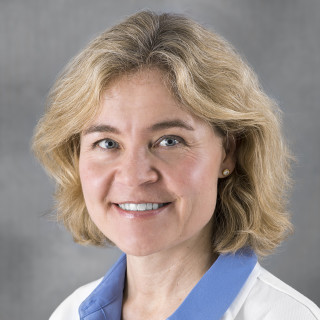
… Two roads diverged in a wood, and I—
I took the one less traveled by,
And that has made all the difference.
- Robert Frost, Mountain Interval, 1920.
The 2018 American Academy of Pediatrics National Conference (AAP NCE) and Exhibition Section of Cardiology and Cardiac Surgery (SOCCS) devoted an entire morning for the Section of Cardiology and Cardiac Surgery (SOCCS) to Quality Improvement – discussing how we measure practice variation and outcomes and how we improve quality in our field. We discussed outcome measures and present new research abstracts on outcomes for our patients from birth through life.
The time has come to scrutinize and improve the quality and value for our young patients with heart problems. Our patients, along with modern clinicians, have entered a new era characterized by "should we and how" rather than "can we." This is why pediatric cardiology and cardiothoracic surgery have turned to prospective collaborative clinical registries to understand fine details regarding optimal care for patients with rare and orphan diseases like pediatric and congenital heart disease.
Prime examples of such collaboration are the Society for Thoracic Surgery (STS) and the Data Center of the Congenital Heart Surgeons' Society (CHSS), a group of pediatric heart surgeons now representing 65 institutions that treat patients with congenital heart defects. The history of the group goes back to the early 1970s when congenital cardiothoracic surgeons started to meet annually to relate their early experience operating on children with congenital heart defects. Founding members Dr. Kirklin and Dr. Blackstone recognized that the occurrence of congenital heart disease is so low, that only by combining the experience of the CHSS members through the Data Center could they improve their ability to determine the best methods for treating congenital patients. Since the first prospective study on operative treatment for D-transposition of the great arteries started enrolling in 1985, the CHSS has been extremely productive having published dozens of seminal reports about surgical repair of congenital heart disease that have drastically improved survival and outcomes.
Recently, the STS began public reporting for participating centers, an important step in the process of quality improvement and transparency in the diagnosis and treatment of patients with congenital heart disease. A similar effort in the area of pediatric and congenital interventional cardiology, aimed primarily at quality improvement, was launched in 2011 through the efforts of the Congenital Heart Disease Committee of the Society of Cardiovascular Angiography and Interventions and the ACC National Cardiac Data Registry (NCDR). The web-based electronic IMPACT (Improving Pediatric and Adult Congenital Treatment) Registry started to enroll children and adult congenital heart patients in 2011, and now includes data from 91 pediatric and congenital heart centers. Publications from the IMPACT registry have been forthcoming and shed important new light on treatment outcomes for interventional cardiac catheter-based procedures for children and patients with congenital heart disease.
PACES (the Pediatric and Congenital Electrophysiology Society) has also supported effective international collaboration between pediatric and congenital electrophysiologists since the early 1990s, most recently through the IMPACT cardiac ablation registry. A third module looking at important outcomes for children with cardiac implantable electronic devices like pacemakers will be added to IMPACT and the American College of Cardiology's Adult Congenital, and Pediatric Cardiology Quality Network (QNET) has created an outpatient cardiology registry that will join the NCDR in 2019. These initiatives will continue to advance outcomes and value for our pediatric and congenital heart patients outside of the operating room, building on the important pediatric heart legacy built by the CHSS. The ultimate goal of our efforts is to provide improved and optimal outcomes for our pediatric and adult congenital patients across the spectrum of care from diagnosis to treatment of often rare diseases; our patients who have no choice but to take the road less traveled.







